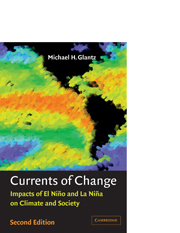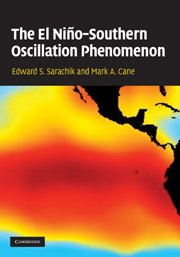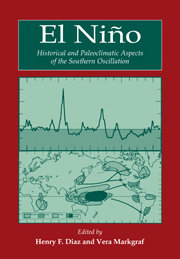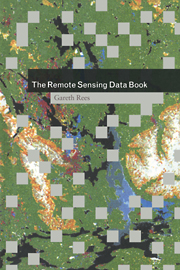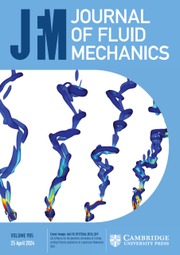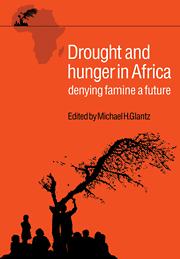Currents of Change
Headlines around the world about severe droughts, hurricanes, and floods caused by El Niño and La Niña appear every few years. El Niño is the second most important climate process after the changing seasons; its effects are widely known, but the equally serious impact of La Niña is only now beginning to be appreciated.
Fully revised, Currents of Change clearly explains what El Niño and La Niña are and how they can be forecast. Examining for the first time the major El Niño of 1997-1998, Michael Glantz explains what we can learn from past events, how we can better manage climate-sensitive activities, and how to anticipate what future storms and droughts may occur.
A century ago, it was of interest only to Peruvian fishermen and farmers. Today, scientists armed with tremendous computer models and satellites realize that El Niño and La Niña affect climatic conditions in seemingly remote parts of the world and are better able to predict which regions will be affected. Including the latest information about El Niño and La Niña, this new edition of Currents of Change will be useful to scientists, policymakers, economists, and interested readers alike.
Michael Glantz is a Senior Scientist with the US National Center for Atmospheric Research (NCAR) in the Environmental and Societal Impacts Group, a program of NCAR. He is the coordinator of a 16-country El Niño impacts and response strategies study for the United Nations. Glantz is a member of numerous national and international committees and advisory bodies and is a recipient of the 1987 World Hunger Media Award, of UNEP's Global 500 Award, and the 1991 Mitchell Prize for Sustainable Development. He is the author of Climate Variability, Climate Change, and Fisheries (Cambridge, 1992) and Drought Follows the Plow (Cambridge, 1994). He lives in Boulder, Colorado.
- Excellent introduction to a complex subject, written in simple readable terms for the general reader and specialist alike
- Covers La Niña as well as El Niño events, together with most recent 1997–1998 El Niño
- Very well reviewed in first edition, this new updated edition is much improved
Reviews & endorsements
"Currents of Change contains a wealth of detail beyond what can be covered in this review.... This second edition will serve as a launching point and an indispensible reference for those interested in the physical or social issues related to climate." Bulletin of the American Meteorological Society
"A captivating book that explains in simple terms what El Niño is, how it works, and why societies are interested in it." EOS
"Glantz delivers more than a description of a major climatic phenomenon and its impacts: he presents a case study of science at work and also shows how to make a book readable..." Earthwatch Magazine
"Compulsory reading for politicians and funding agency heads everywhere...should appeal to anyone interested in the human dimension of climate." Weather
"Glantz, renowned expert on the societal impacts of El Nino, has produced a readable new edition (1st ed., CH,Mar'97) of his book. No prior knowledge of the topic is assumed of the reader, and the text is clear and informative...good index, a detailed reference section, and clear figures." Choice July 2001
Product details
December 2000Paperback
9780521786720
268 pages
229 × 152 × 15 mm
0.4kg
65 b/w illus. 19 tables
Available
Table of Contents
- Acknowledgements
- Preface to second edition
- Preface to first edition
- 1. Introduction
- 2. El Niño
- 3. A tale of two histories
- 4. The biography of El Niño
- 5. The biography of La Niña
- 6. The 1982–1983 El Niño: a case of an anomalous anomaly
- 7. Forecasting El Niño
- 8. Forecasting the 1997–1998 El Niño
- 9. Teleconnections
- 10. El Niño's ecological impacts: The Galapagos
- 11. Methods used to identify El Niño
- 12. El Niño and health
- 13. The media, El Niño and La Niña: a study in media-rology
- 14. Why do ENSO events continue to surprise us?
- 15. What people need to know about El Niño
- 16. Usable science
- Appendix
- References.

